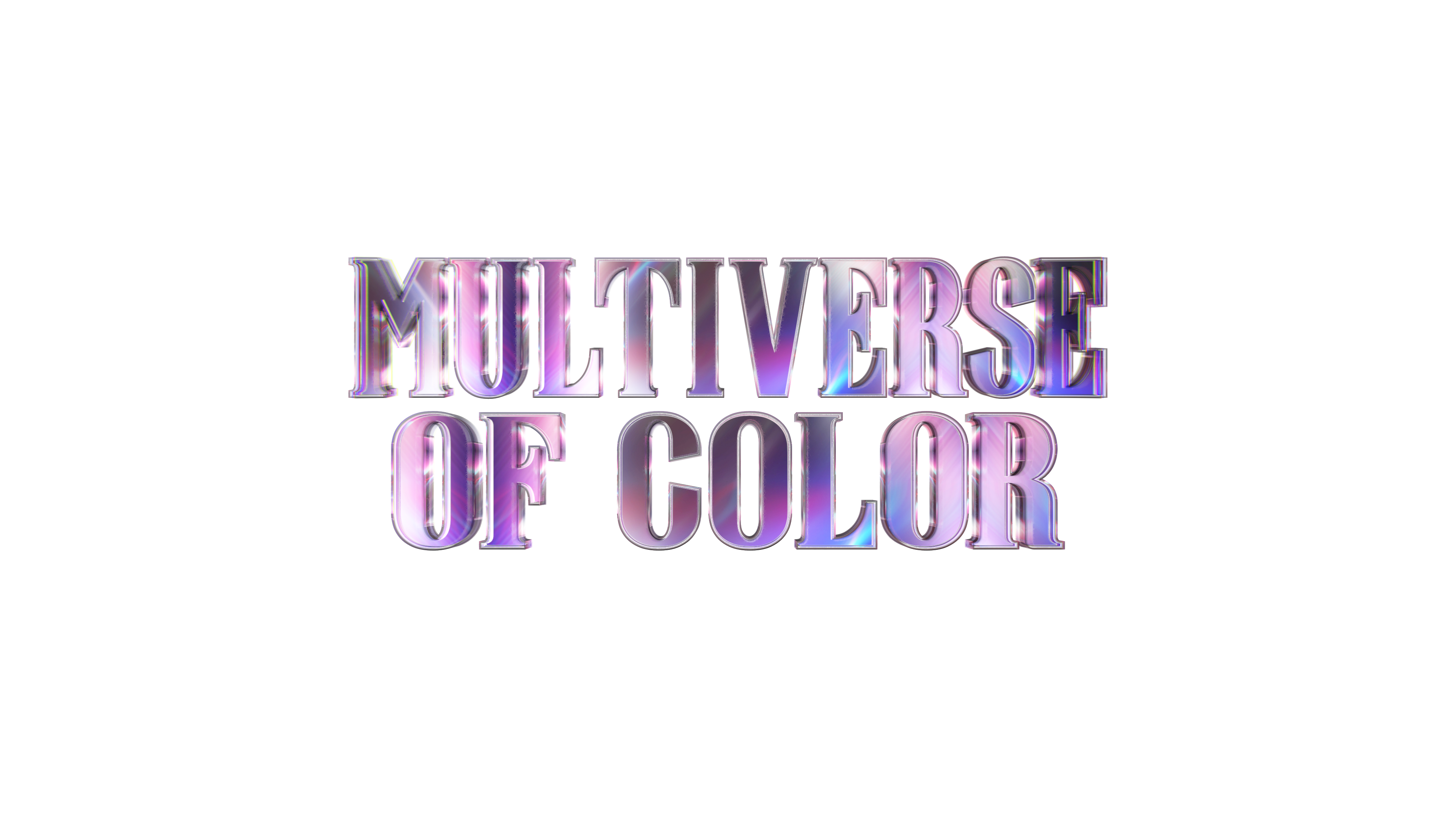“Do you want to be thunderstruck?”
Jason Wilkes is an Isodyne scientist who it appears has more then a few close and personal run-ins with Peggy Carter. So far Reggie Austin’s character has been wrapped in mystery, but he – like Madame Masque – has a background in the comics universe as well, one that leaves quite a bit of speculation as to his fate in the second season.
In “The Unseen!” from Tales of Suspense Vol 1 #25, Jason Wilkes is an American scientist who is convinced by a communist agent to build an “invisibility” ray. Like so many comic characters of the 1940s and 50s he tests it on himself and finds himself invisible and intangible, therefore unable to turn on the “Antidote” Ray that would have saved him.
A nod to Marvel’s more archaic horror origins, Jason represents a trope of the atomic age, radiation and its effects, something that the comic’s giant has used as an origin for both heroes and villains. Will Jason’s fate be the same in the Marvel Cinematic Universe? As we can see from this newly released clip from 2×01 – Jason promises that Peggy will be “thunderstruck” with whatever he plans to discover. Just what is Isodyne hiding? Will Jason’s fate be the same as his tragic comic counterpart?
Only time, and this week’s episodes will tell. In the meantime, some food for thought: how accurate would the idea of someone becoming invisible (or alternatively gaining powers) be in relation to the real world? Just what is this radiation that’s such a huge core of the Atomic Age? Let’s take a brief look at the science behind the rationale for so many origin stories in Marvel comics.
SPOTLIGHT ON: RADIATION
According to google, Radiation is the emission or transmission of energy in the form of waves, or particles or through a material medium. This includes electro-magnetic radiation, radio waves, visible light, X-Rays, and gamma radiation.
At the height of the cold war with the United States and Russia engaged in quiet and violent political, social, and economic debates, the threat of super weaponry was prevalent and real. The use and development of the atomic weapon was new science – and science that was barely studied. Individuals who worked on the development of the first atomic bomb at Oak Ridge Tennessee and in other places were studied just as much as the effects of the bomb itself. Every medical issue was reported, and the effects of the bomb itself were also thoroughly documented.
With the creation of the atomic bomb and the surprising and horrifying effects, the atom and radiation became the boogey-man for the 20th century. If the tragedy of Hiroshima and Nagasaki had caused such unusual and terrifying effects what could happen if scientists were pushed farther? It provided fodder for creators from film and television (as well as comic books). Can such a tragedy happen however? Can a person make an invisibility ray, a gamma ray, or a ray that might mutate someone into something else?
The short answer is no. According to cancer.org, Radiation therapy works by creating small breaks in the DNA of cells. The goal of the treatment is to damage the cells. Since cancer cells in themselves are a mutation, the goal of most radiation seems to be destruction – and the properties of such rays would be destructive rather then cause unnatural mutations. History supports this, as direct and practical applications of radiation cause things to be destroyed – as opposed to mutated.
Perhaps with time and continued exposure, radiation can cause mutations, but they’re not anything positive. Good news for us, bad news perhaps for Jason Wilkes since we know that radiation works very differently in Marvel comics, and the cinematic universe. Will he fall victim to Isodyne’s hubris – or his own? Only time will tell. Tune in to Agent Carter Jan. 19th at 9/8 central to find out more.




